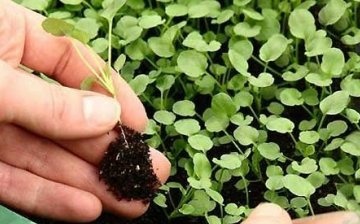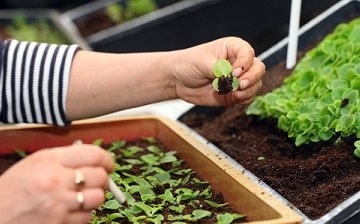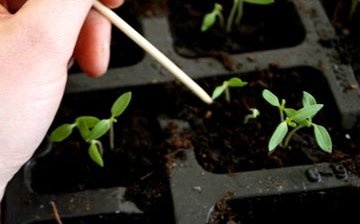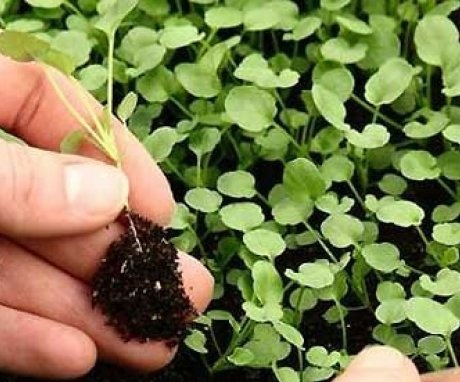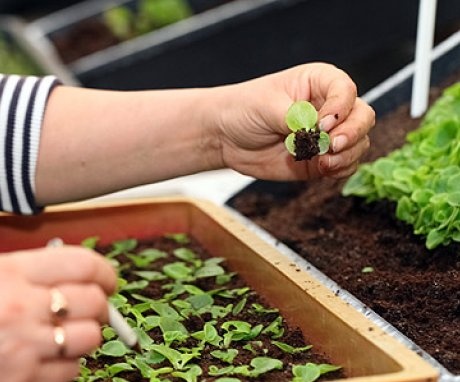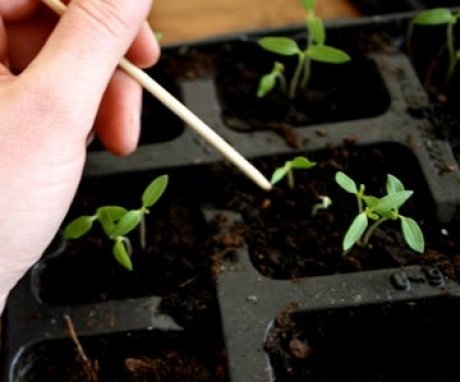Petunia dive
Petunia is a beautiful plant that can decorate any balcony or garden plot. Its inflorescences of various shapes and colors delight gardeners with their gorgeous flowering from May to October, right up to the first frost. The plant is unpretentious in care, for which it is very popular. Petunia is a perennial flower that is distinguished by a wide variety of varieties, from double to ampelous, each of which is beautiful and unique in its own way.
Content:
The process of growing petunias is very entertaining. As a result of simple manipulations with seeds and seedlings, any gardener can grow a plant of amazing beauty.
Petunia growing rules
Petunias differ in several ways. In shape, they are spherical and spreading. Flowers can be small or large, double or fringed. Accordingly, the color range is varied: there are varieties with white, cream, pink, red, purple, lilac, dark blue and blue flowers. But the basic rules for growing are the same for all species.
Most often, petunia is grown in seedlings. Seedling seeds sow towards the end of March. Sowing soil should be nutritious, neutral with good drainage. It is better to purchase a ready-made mixture in the store.
Petunia seeds are very small, so they are not buried in the ground. The soil is moistened, the seeds are scattered from above and lightly tamped with your finger. The containers with the sown seeds are covered with foil and placed on a sunny windowsill for germination. The first shoots will appear in about 3-5 days. Seedlings need moderate regular wetting by spraying.
After the appearance of the first shoots, the film is not removed, since the seedlings are still very sensitive. After a week, you can gradually accustom the seedlings to open air. After a month, the seedlings of petunia are ready for picking.
When and how to dive a petunia
A petunia dive is necessary in order to give the plant more area for nutrition and growth. Plants are transplanted into separate containers, while pinching the main root. So the root system will be better formed.
Petunia dive in two stages. The first dive is carried out three weeks later, when the seedlings have 2-3 true leaves, keeping the distance between the plants about 2 cm. The second time they dive for petunias a month later, when the seedlings become crowded.
Some gardeners believe that it is better not to dive the petunia at all, so as not to injure its root system. However, this opinion is not true. A pick is still necessary, since with an increase in the area occupied by a plant, it will get more nutrients. Then the bushes will grow faster, become stronger. In this case, the root system will not only not suffer, but will become even stronger.
When picking plants, they form their own root food, which will protect the roots from possible damage when transplanting into open ground.
In order to start diving plants, you need to prepare a large number of disposable cups or peat pots. You will also need a sprayer and a transplant spatula. The dive is as follows:
- Fill the containers with soil and moisten it well with water.
- Make holes about 1.5 cm deep and 2 cm in diameter.
- A petunia seedling is pryed with a spatula five millimeters from the stem and to a depth of 1.5 cm. They grab the seedling with soil and pull out the resulting lump of earth with roots.
- A seedling is placed in a prepared hole in a glass, covered with soil on top, tamped with a finger from all sides.
- The ground is gently sprayed with water.
The picking process is completed. All that remains is to regularly moisten the soil and care for the seedlings.
Petunia care after picking
A dive plant needs proper fertilization and moisture. With the appearance of the fourth leaflet, you can start feeding the petunia. For this, nitrogen, calcium and potassium are used. First, they are separately added to the water for irrigation, then all together.
Plants are fed every ten days. Moreover, with a complex feeding it should be borne in mind that nitrogen should be less than potassium.
For two weeks after the pick, it is necessary to ensure in the room where the seedlings are located, the air temperature is not lower than + 20-22 degrees. It is also important that the seedlings receive sufficient sunlight. Therefore, it is better to place the cups on the windowsill.
A couple of days after the pick, the plants begin to harden. For this, the room is often ventilated. In a hot or dark room, the seedlings will feel uncomfortable and may die.
Correctly conducted picking of petunia seedlings will guarantee that your plant will be strong and beautiful. This plant will take pride of place on a flower bed or balcony and will cause the envious glances of passers-by.




